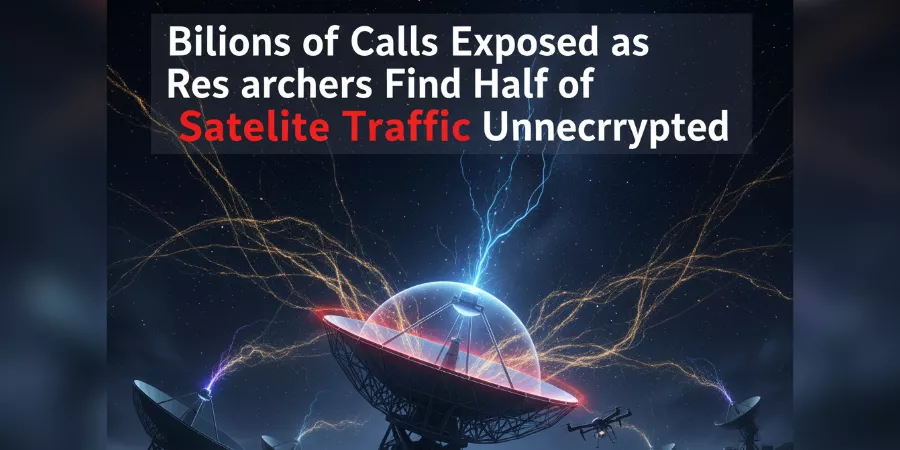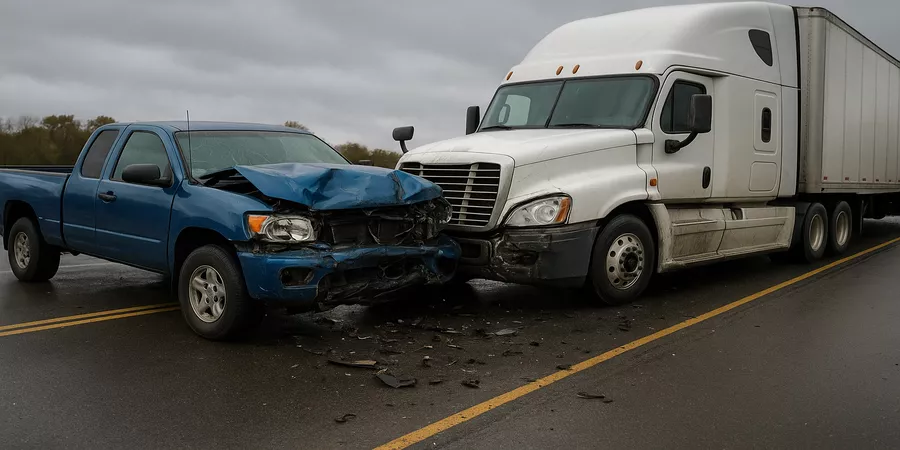Tokyo, Japan – In an alarming natural disaster, a massive 8.8-magnitude earthquake rocked Russia’s Far East early Wednesday, marking the strongest tremor in the region since the devastating 2011 earthquake in Japan. The seismic event, centered off the Kamchatka Peninsula, set off a chain reaction of tsunami warnings that affected coastal regions as far as Alaska, Hawaii, and New Zealand.
Earthquake Details and Tsunami Impact
The earthquake, which occurred at 8:25 a.m. Japan Standard Time, hit at a depth of just 20.7 kilometers (13 miles) and was initially reported with a magnitude of 8.0 before being revised to 8.8 by the U.S. Geological Survey. The epicenter was located about 119 kilometers (74 miles) southeast of Petropavlovsk-Kamchatsky, a Russian city of approximately 180,000 residents.
Authorities in Russia’s Kamchatka region reported building damage, power outages, and disruptions in mobile phone services, though there were no immediate reports of serious injuries. The first tsunami waves, about 40 centimeters (1.3 feet) high, hit coastal regions of Japan’s Hokkaido, prompting evacuations in some areas. In Hawaii, tsunami warning sirens blared, and people were urged to move to higher ground as waves were expected to hit around 7 p.m. local time.
The Pacific Tsunami Warning Center issued a widespread alert, emphasizing that while the tsunami was not predicted to be massive, strong waves and dangerous currents could still pose significant risks, particularly along coastlines in Hawaii, Alaska, and the U.S. West Coast. The U.S. Department of Emergency Management urged the public to avoid beaches and marinas as waves of up to 2 feet (60 centimeters) were expected.
Evacuations and Ongoing Threat
Russian authorities also evacuated residents in coastal towns near the earthquake’s epicenter, including Severo-Kurilsk on the Kuril Islands. Governor Valery Limarenko confirmed that the first tsunami wave had arrived but assured that residents were safe on higher ground as they awaited the all-clear signal. Local officials in the Kamchatka Peninsula are monitoring the situation closely, warning of aftershocks and additional tsunami waves in the coming hours and days.
Japan and Regional Response
Japan’s coastal areas were placed under alert, with local authorities suspending ferry and train services due to the threat of additional tsunami waves. The Japan Meteorological Agency confirmed that waves from the initial quake had reached southern Hokkaido, with no significant damage or injuries reported so far. The Japanese government also reported that nuclear facilities in the region, including the Fukushima Daiichi power plant, had shown no signs of distress, with thousands of workers relocated to higher ground as a precaution.
Meanwhile, the Philippine Institute of Volcanology and Seismology (PHIVOLCS) issued warnings to communities along the archipelago’s eastern coast, cautioning them about possible small tsunami waves. The government advised residents to stay away from beaches and coastal areas to prevent potential risks from strong currents that could last for several hours.
Global Impact and Aftershocks
New Zealand’s Civil Defence Emergency Management (CDEM) agency has also issued warnings about unusual currents and unpredictable surges along the coastlines of the South Pacific nation. Despite being nearly 6,000 miles from the quake’s epicenter, New Zealand remains vigilant in its response to the ongoing seismic activity.
Seismologists predict that aftershocks from this powerful earthquake could continue for weeks, with the potential to disrupt daily life in affected regions. This earthquake is particularly noteworthy as it marks the most significant tremor in the Kamchatka Peninsula since the 1952 magnitude 9.0 quake, which caused significant waves but resulted in no fatalities.
Looking Ahead
As local authorities assess the extent of the damage and coordinate relief efforts, residents in affected areas are advised to remain cautious, especially as the risk of aftershocks continues to loom. The global community continues to monitor this developing situation closely, with emergency response teams on high alert to provide aid as needed.
Stay tuned for live updates as authorities work to ensure the safety and well-being of the public in the wake of this powerful natural disaster.
















